The Future Internet programme will present the results of the second phase on 15.2.2011 at Nokia Ruoholahti, Itämerenkatu 11, Helsinki (see map). This is an all-day event from 8:30-17:00.
The seminar is open for everyone interested in Future Internet. The registration is for free. Coffee & tea and lunch are included in the registration.
| |
8:30-9:00 Coffee and registration |
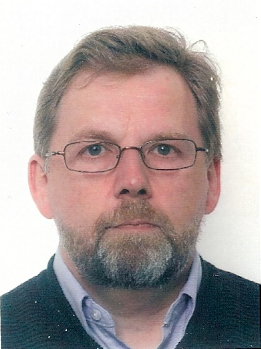 |
9:00 Opening 
Reijo Juvonen, NSN
|
 |
9:15 Greetings from Tivit
Pauli Kuosmanen, Tivit |
 |
9:20 Keynote speech:
Architecting for Internet Innovation
Scott Shenker, University of California, Berkeley, US
Clean slate redesign of the Internet architecture was once a radical research paradigm, but is now a mainstream endeavor that consumes a significant portion of our conferences and workshops. After a decade of such clean slate redesigns, it is now time to ask what we have learned from these past efforts, and what open questions remain. In this talk I will argue that our research focus should shift from designing for functionality to architecting for innovation. |
| |
10:10-10:30 Coffee break |
 |
10:30-10:50
Research on a MIP-based scheme providing reliable yet economical Intranet connectivity 
Antti Mäkelä, Aalto University
Aalto/Comnet has been researching multi-homing concept that would enable organizations to gain economical Intranet connectivity with quality assurances. The proposed approach is immediately deployable on present-day Internet while still avoiding numerous pitfalls of traditional high-availability solutions. In this presentation we cover the background of the approach and research we have conducted throughout FI SHOK Phase 2. |
 |
10:50-11:10
Policy-Aware Multi-Path Inter-Domain Path Computation in NS-3 Network Simulations 
Jarno Rajahalme, NSN
NS-3 is gaining momentum as the platform of choice for packet level network simulations, but from the network architecture research viewpoint it has two serious deficiencies: poor scalability to larger topologies, and lack of inter-domain routing models. This work proposes extensions to NS-3 that solve both of these deficiencies, implementing both inter-domain routing simulation, and scalability improvements enabling simulation with realistic inter-domain topologies. The scalability improvements benefit also larger intra-domain topologies, but the BGP routing policy emulation also radically contributes to scalability by aggressively reducing the feasible set of end-to-end paths that need to be considered in path computation. |
 |
11:10-11:30
Delay Based Packet Size Control in Wireless Local Area Networks 
Mikko Majanen, VTT
This presentation introduces control systems, which regulate tranceivers’ packet sizes for prevailing network conditions to achieve maximum throughput and minimum delay for real-time traffic in Wireless Local Area Networks (WLANs). Delay and throughput are very much dependent on the packet size and the connection density. Therefore, the selected input parameters for the controllers are one-way delay and change of delay. The models were valitated by simulating User Datagram Protocol (UDP) traffic in OMNeT++ network simulator. The results demonstrate that the developed controllers are able to set packet sizes to the prevailing optimum level and increase overall throughput of the network. |
 |
11:30-11:50
Results on power modeling of mobile devices 
Matti Siekkinen, Aalto University
In this talk, we will describe some results on modeling power consumption of mobile devices. Specifically, we will briefly cover two topics, namely, practical power modeling of data transmission over 802.11g and system-level power modeling for runtime estimation of power consumption on mobile devices. I will also mention some results on proxy based optimization of power consumption. |
| |
11:50-13:00 Lunch break |
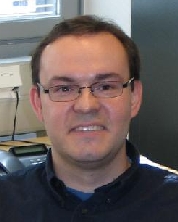 |
13:00-13:20
Floating content 
Jussi Kangasharju, University of Helsinki/HIIT
Content sharing using personal web pages, blogs, or online social networks is a common means for people to maintain contact with their friends, colleagues, and acquaintances. While such means are essential to overcome distances, using infrastructure services for location-based services may not be desirable. In this paper, we analyze a fully distributed variant of an ephemeral content sharing service, solely dependent on the mobile devices in the vicinity using principles of opportunistic networking.
The net result is a best effort service for floating content in which: 1) information dissemination is geographically limited; 2) the lifetime and spreading of information depends on interested nodes being available; 3) content can only be created and distributed locally; and 4) content can only be added, but not explicitly deleted. We present our system design, summarize its analytical modeling, and perform extensive evaluation for a map-based mobility model in downtown Helsinki to assess the operational range for Floating Content. |
 |
13:20-13:40
P2P VoD: Does it scale? 
Pasi Lassila, COMNET/Aalto University
The fundamental P2P principle that downloading peers help other peers can be applied in the context of VoD (video-on-demand). This represents a demanding application combining aspects of other well-known P2P applications, i.e., live streaming and traditional file sharing. We use fluid models to provide insights on fundamental questions about the performance and scalability of the system. While P2P file sharing is known to be scalable, it turns out that for P2P VoD scalability can be achieved only given certain conditions. |
 |
13:40-14:00
Researcher's Virtual Desktop using OpenVPN Tunneling 
Markus Peuhkuri, COMNET/Aalto University
It is not always feasible to have physical connection or IP connectivity to test networks from researcher's desktop or student dormitory. However, there may be a need of using advanced network capabilities such as IPv6 and multicast that may be not available in local network. In these cases using virtual private network and virtualisation makes it possible to provide research network capabilities even in remote locations. |
 |
14:00-14:20
PurpleNet OpenVPN server management solution 
Karri Huhtanen, Tampere University of Technology
PurpleNet is an open source software developed at Tampere University of Technology. It enables organisations to configure and manage their tunnelling servers and deliver the required client configurations and authentication credentials to end users and devices in a scalable fashion. PurpleNet in also an integral part of the Terminal Connectivity Solution developed within WP4 Future Internet Testbed. |
| |
14:20-14:40 Coffee break |


|
14:40-15:10
Clustering network control in data
centers 
Boris Nechaev & Dmitriy Kuptsov, HIIT
Data centers provide an easy access to tremendous amounts of storage and computation resources. This allows to run complex distributed applications (such as search, indexing, etc.) efficiently, or sell these resource to customers (e.g., for web hosting or storage). And most likely the hunger for these resources will continue to grow fast, unavoidably leading to growth of data centers in the future.
It is only recently have researchers turned their attention to the data center's unique set of networking challenges. Currently, researchers agreed that logically centralized view of the network can and will help to overcome some of these challenges. However, we believe that given the dynamics and size of data centers it is not always possible to make fine-grained decisions centrally. Naturally, one way to overcome these limitations is to cluster the data center and make as much of the decisions locally as possible.
In this talk we do not present any concrete results, but rather by looking at the specifics of data center networks, discuss whether hybrid approaches can provide more benefits than fully centralized control. |
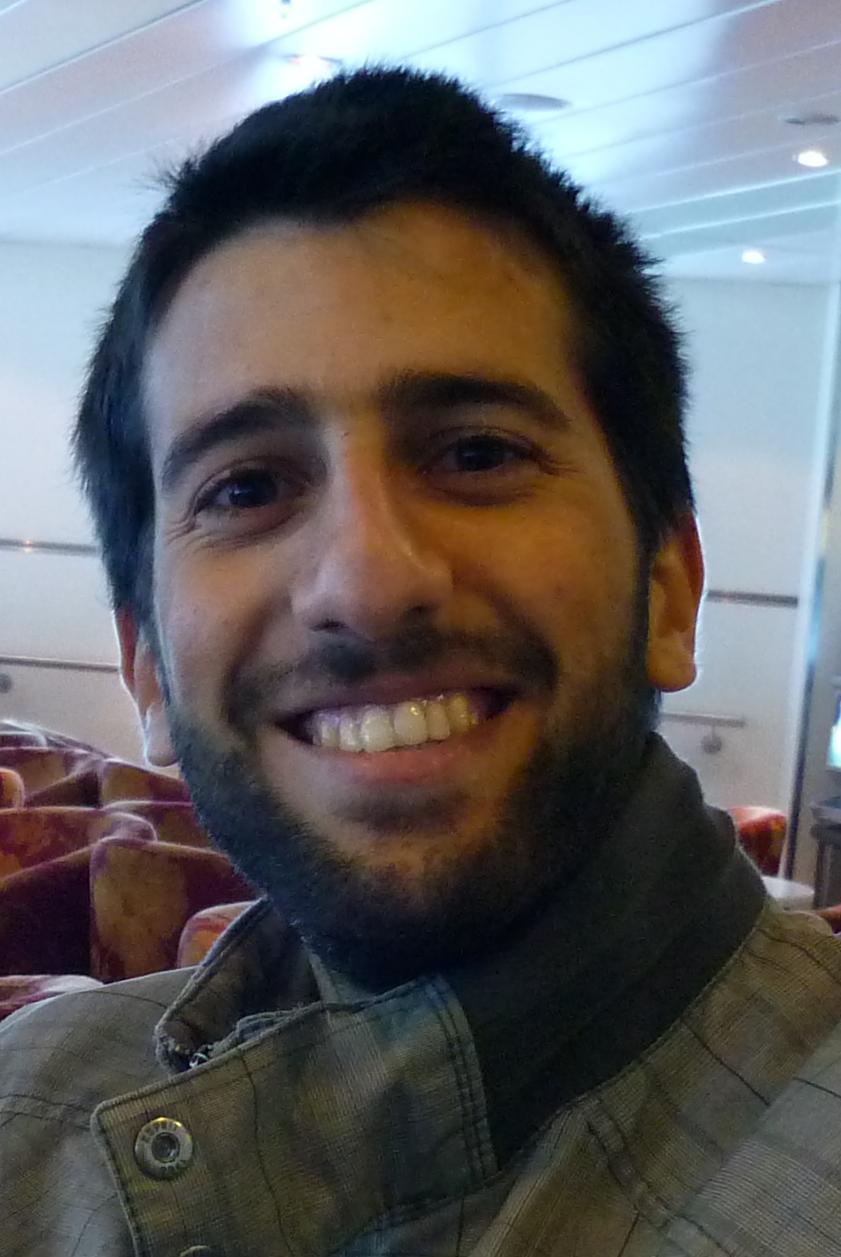

|
15:10-15:30
Malware Detection via Call Graphs Comparison 
Orestis Kostakis, Aalto University and
Stefan Lundström, F-Secure
The "Malware Detection via Call Graphs" project focused on methods for automated classification and clustering of executable files based on comparing their call graphs. The work included call graph extraction, Graph Edit Distance (GED) computing, and practical classification and clustering based on GED between pairs of graphs. In particular, we demonstrated how Simulated Annealing can be used to approximate GED, outperforming earlier approaches in running time and solution quality. |
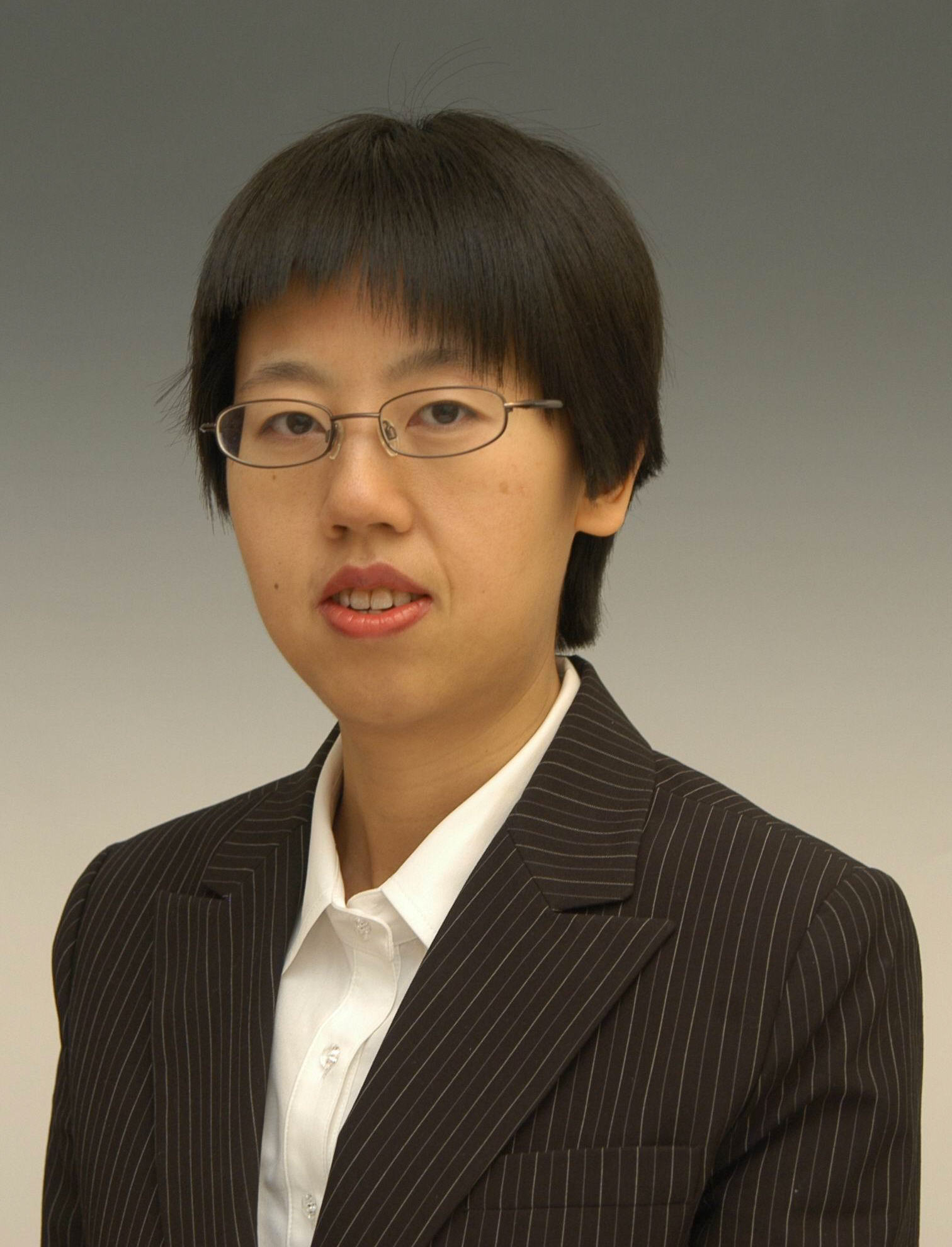 |
15:30-15:50
Usable Trust Management for Mobile Applications 
Yan Zheng, Nokia
The presentation introduces a usable trust management solution for mobile applications. Each step of system development is driven by user studies. We contribute to the literature by proposing a practical trust management solution that overcomes a number of existing challenges. |
| |
15:50-16:00 Short break |
| |
16:00-17:00 Panel discussion 
Future of the Internet
Scott Shenker, University of California, Berkeley
Martti Mäntylä, European Institute for Innovation and Technology (EIT) & Aalto University
Mika Jalava, Stonesoft
Lars Eggert, Nokia
Börje Ohlman, Ericsson
Moderator: Jukka Manner, COMNET/Aalto |
| |
Panelists |
 |
Scott Shenker, UCB & ICSI
Scott Shenker spent his academic youth studying theoretical physics but soon gave up chaos theory for computer science. Continuing to display a remarkably short attention span, his research over the years has wandered from computer performance modeling and computer networks to game theory and economics. Unable to hold a steady job, he currently splits his time between U. C. Berkeley and the International Computer Science Institute (ICSI). |
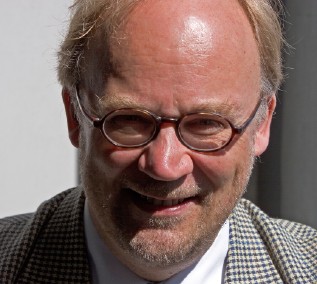 |
Martti Mäntylä, EIT & Aalto
Chief Strategy Officer of EIT ICT Labs Martti Mäntylä is also a Principal Scientist at the Helsinki Institute for Information Technology. His research interests include future-generation communication and computing, where his main focus is on user-centered methods for new digital service design, and also mobile digital economy. |
 |
Mika Jalava, Stonesoft
The CTO of Stonesoft Mika Jalava is a member of the Stonesoft Executive Management Group since 2008. With a Master of Science in Engineering, he leads the product development, product management and technical services in Stonesoft. Before joining Stonesoft in 1997, he held positions in the Laboratory of Water Resources Research in Helsinki University of Technology and Information technology instructor in Porvoo Commercial College. |
 |
Lars Eggert, Nokia
Lars Eggert is a Principal Scientist at Nokia Research Center in Helsinki, Finland and a member of Nokia's CEO Technology Council and an Adjunct Professor at Aalto University. Lars has worked on research projects on internetwork architecture, transport protocols, virtual networks and resource scheduling. He is a senior member of the ACM and the IEEE, an individual member of ISOC and an active participant in the IRTF and IETF, where he currently serves as Area Director of the Transport Area. Lars serves on the program committees of several ACM and IEEE conferences and workshops as chair and member, such as IEEE Infocom.
Before joining Nokia in 2007, Lars was a senior researcher at the NEC Network Laboratories in Heidelberg, Germany. He received his Ph.D. in Computer Science in the fall of 2003 from the University of Southern California (USC), where he was a graduate research assistant at USC's Information Sciences Institute (ISI). |
 |
Börje Ohlman, Ericsson
Börje Ohlman’s interest in information technology and its impact on our society dates back to the late 70’s, the day’s before PC’s existed and before hackers were commonly heard of. He has a Master of Science degree in Computer Science and History of Ideas and Sciences from Uppsala University, Sweden.
Originally a computer consultant, he joined Ericsson in the late 80’s to develop signalling for ATM in the ATMOSPHERIC project of the 2nd Framework Programme RACE as well as in traditional standard bodies (ITU-T, ETSI and ATM Forum), moved to IP technology in the 90's, and was active in IETF as well.
Since 2005 he has focused on future networking technologies within the EU FP6 and FP7 projects Ambient Networks, 4WARD and SAIL. In 4WARD he was leading the work on Networking of Information (NetInf). He pursues this interest in the SAIL project where he also coordinates the work on standardization, dissemination and business aspects. |
 |
Jukka Manner, COMNET/Aalto University
The Academic Coordinator for the Finnish Future Internet research programme Jukka Manner is a full professor on networking technology at Aalto University, Department of Communications and Networking (Comnet). He is also Adjunct Professor and a senior researcher at the University of Helsinki, and contributes to the research at the Helsinki Institute for Information Technology (HIIT).
His research and teaching focuses on development of a future Internet, particularly in topics related to networking beyond IP, energy efficiency, mobility management, QoS, and transport protocols. He is an active peer reviewer and member of various TPCs. He has contributed to standardization of Internet technologies in the IETF for over 10 yeas, and is currently the co-chair of the NSIS working group. He has been principal investigator and project manager for over 15 national and international research projects. He has authored nearly 80 publications, including several IETF RFCs. He is also a member of the IEEE.
|
Tapio Partti, Hannu Flinck (Nokia Siemens Networks): Virtual Aggregation and FIB Compression
Alexander Zahariev, Antti Niemelä, Perttu Halonen and Kimmo Hätönen (Nokia Siemens Networks): Security anomaly visualisation best practises
Karri Huhtanen (TUT, Jari Miettinen and Pekka Savola (CSC): ICT SHOK Future Internet Testbed -
Connecting Networking Research on Multiple Levels via Collaboration 
Karri Huhtanen (Tampere University of Technology): PurpleNet OpenVPN server management solution
Markus Peuhkuri (COMNET/Aalto), Karri Huhtanen (Tampere University of Technology): Researcher's Virtual Desktop using OpenVPN Tunneling
Petri Savolainen (University of Helsinki/HIIT): Utilising the NS3 Simulator in Wireless Mesh Network Development
Jyrki Huusko, Teemu Rautio (VTT): Multiaccess BitTorrent demo + poster: Rautio T. et al. "Multiaccess NetInf: A Prototype and Simulations" 
Seppo Heikkinen, Santeri Siltala (Tampere University of Technology): Identity-Bound Accounting 


![]()
![]()
![]()
![]()
![]()
![]()




















